Winter transforms our familiar landscapes into serene, snow-covered wonderlands, and while many birds migrate to warmer climates, several hardy species remain to brighten our backyards throughout the coldest months. These winter residents provide birdwatchers with year-round enjoyment and help maintain the ecological balance in our local environments. From the cheerful melodies of chickadees to the vibrant flashes of cardinals against the snow, these feathered friends bring life to the dormant winter garden. Understanding which birds stay through winter not only enhances our appreciation of these resilient creatures but also helps us provide appropriate support through food, water, and shelter during challenging weather conditions. Let’s explore six remarkable backyard birds that brave the winter alongside us, adapting to the season’s challenges with impressive strategies and behaviors.
Northern Cardinals: The Winter Icons
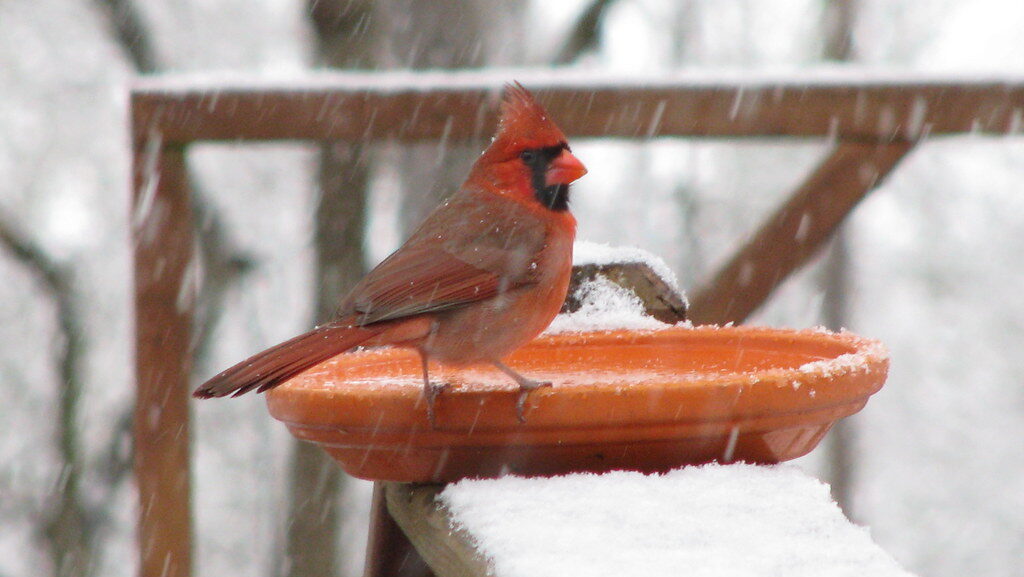
Northern Cardinals, with their striking crimson plumage, stand as perhaps the most recognizable winter birds in North America. Unlike many bird species where only the males display bright colors, female cardinals also maintain an attractive appearance with their warm, buff-brown feathers accented by reddish highlights on wings, crest, and tail. These non-migratory birds remain territorial throughout the year, which means the same cardinal pairs you observe in summer will likely be your winter companions as well. Cardinals show remarkable adaptability to cold conditions by fluffing their feathers to create insulating air pockets and seeking shelter in dense evergreen shrubs during harsh weather. Their preference for seeds makes them regular visitors to backyard feeders, particularly those stocked with black oil sunflower seeds, their favorite winter staple.
Black-capped Chickadees: Tiny Winter Warriors
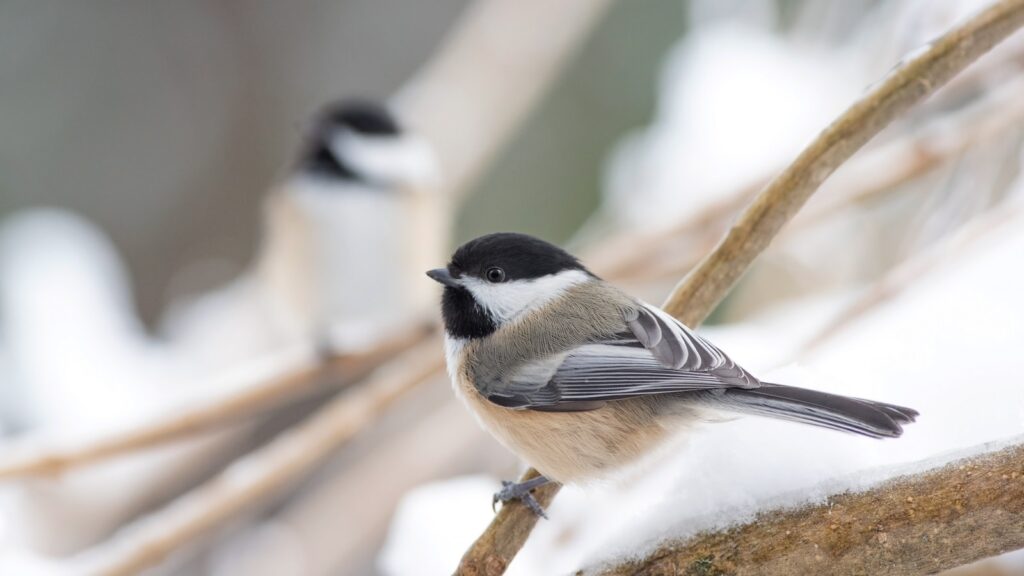
Black-capped Chickadees embody remarkable cold-weather resilience in a tiny package, weighing less than half an ounce yet surviving even the harshest northern winters. These endearing birds possess several extraordinary adaptations for winter survival, including the ability to lower their body temperature by up to 15 degrees Fahrenheit during cold nights—a controlled hypothermia that conserves precious energy. Chickadees demonstrate impressive cognitive abilities by remembering thousands of food storage locations, creating caches throughout their territory to ensure food access during winter scarcity. Their characteristic “chickadee-dee-dee” call actually serves as a complex communication system, with research showing that the number of “dee” notes indicates the level of threat or excitement. Social by nature, these birds often travel in small flocks during winter, moving through backyards with nuthatches, woodpeckers, and other small birds in mixed feeding groups.
Dark-eyed Juncos: Snowbirds of Winter
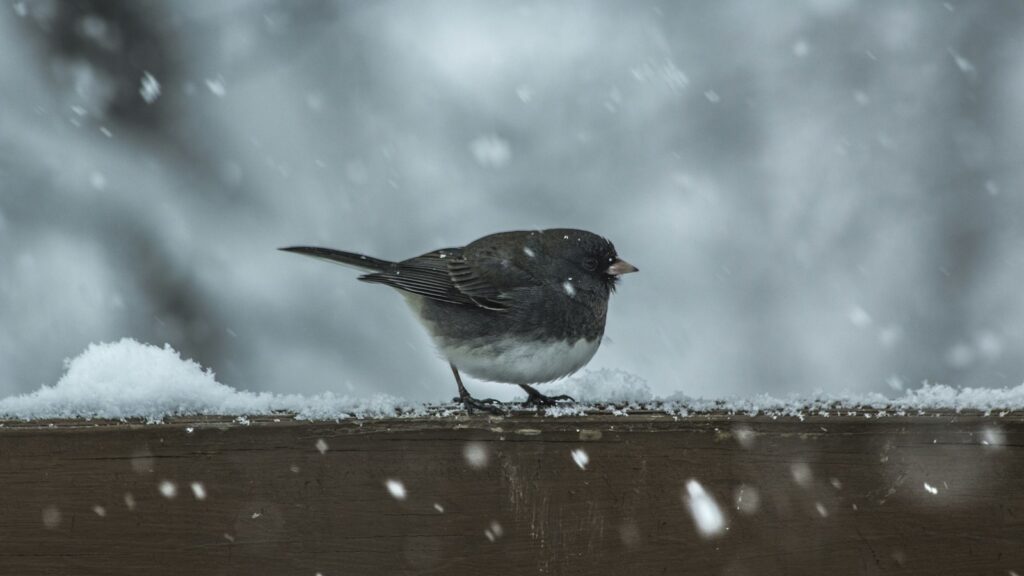
Dark-eyed Juncos earn their nickname “snowbirds” not only for their seasonal appearance that coincides with winter weather but also for their slate-gray upper plumage and white belly that resembles a dark sky above snow-covered ground. While technically migratory, juncos perform what ornithologists call altitudinal migration, breeding in northern forests or mountain regions during summer and descending to lower elevations and more southerly locations for winter. These ground-feeding birds can often be spotted beneath feeders, meticulously searching for fallen seeds with their characteristic two-footed backward-scratching motion that reveals hidden food. Juncos form winter flocks with strict dominance hierarchies, with males typically outranking females and older birds having priority over younger ones at feeding sites. Their soft, twittering calls and distinctive white outer tail feathers that flash during flight make them readily identifiable even for beginning birdwatchers.
Downy Woodpeckers: Persistent Drummers
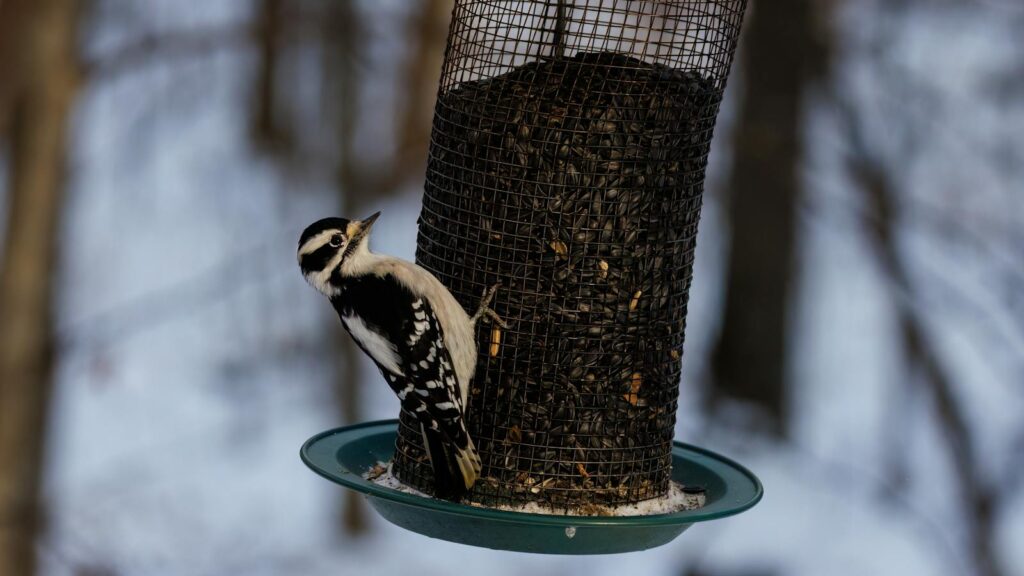
Downy Woodpeckers, North America’s smallest woodpeckers, remain active throughout winter, bringing dynamic movement to dormant winter landscapes as they spiral around tree trunks in search of insect larvae. These adaptable birds switch their diet seasonally, focusing on wood-boring insects and beetle larvae during warmer months but incorporating more plant material like berries, seeds, and suet during winter when insect availability diminishes. Male and female downies can be distinguished by a small but noticeable field mark—males display a small red patch at the back of their head that females lack. Unlike many bird species that abandon their territories after breeding season, downy woodpeckers maintain their territories year-round, though they become less aggressive about boundary defense during winter months. Their compact size allows them to access smaller branches and weed stalks that larger woodpecker species cannot exploit, giving them a competitive advantage in finding food during scarce winter months.
Blue Jays: Colorful Winter Residents

Blue Jays bring a flash of tropical-looking color to winter landscapes with their vibrant blue, white, and black plumage, serving as a reminder that not all colorful birds retreat to warmer climates. These intelligent corvids possess remarkable food-storing capabilities, with individuals capable of carrying up to five acorns at once in their throat pouch, bill, and tongue before caching them for winter consumption. While considered year-round residents in most of their range, blue jays do exhibit partial migration patterns that researchers still don’t fully understand, with some birds inexplicably choosing to migrate while others from the same area remain. Their loud, distinctive calls serve multiple purposes beyond communication, including mimicking hawk cries to scatter other birds from feeding areas and sounding alarm calls that alert the entire forest community to potential predators. Blue jays demonstrate complex social behaviors, often forming tight family bonds and maintaining small winter flocks that work cooperatively to find food and watch for danger.
American Goldfinches: Winter Transformers
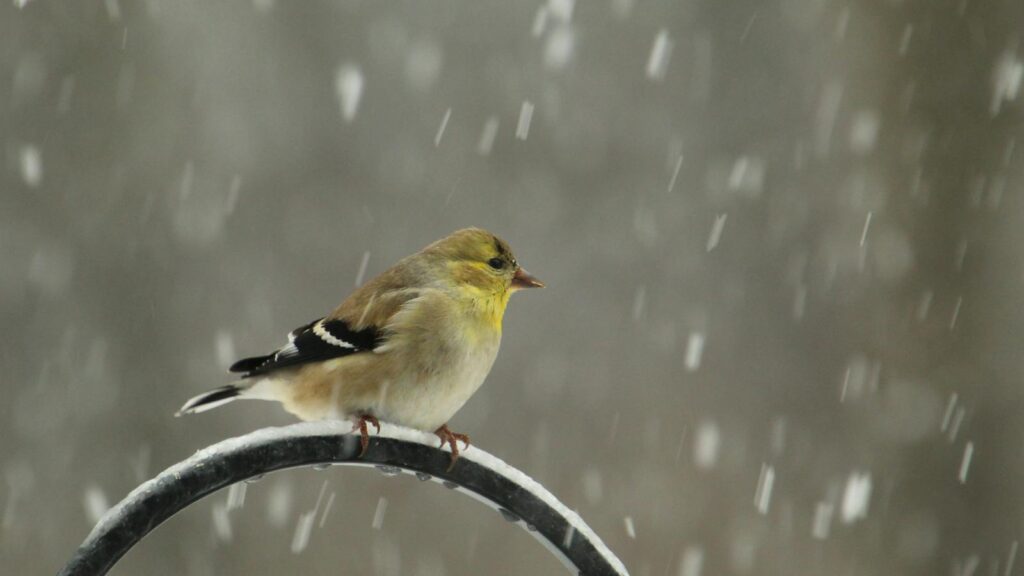
American Goldfinches undergo one of the most dramatic seasonal transformations of any backyard bird, molting from their brilliant summer yellow to a more subdued olive-brown winter plumage that many casual observers mistake for a different species entirely. Unlike most North American birds that breed in spring and early summer, goldfinches delay nesting until late summer when thistle and milkweed plants provide abundant seed and nesting material, making them among the latest nesting songbirds on the continent. These vegetarian birds maintain an almost exclusively seed-based diet year-round, with a particular preference for nyjer (thistle) and sunflower seeds that makes them reliable visitors to well-stocked winter feeding stations. Goldfinches practice an undulating flight pattern, pumping up and down through the air while vocalizing their characteristic “po-ta-to-chip” call that helps birdwatchers identify them even in their muted winter colors. Their strong flock orientation during winter provides safety in numbers, as groups coordinate movements between natural food sources and backyard feeders.
Winter Feeding Strategies
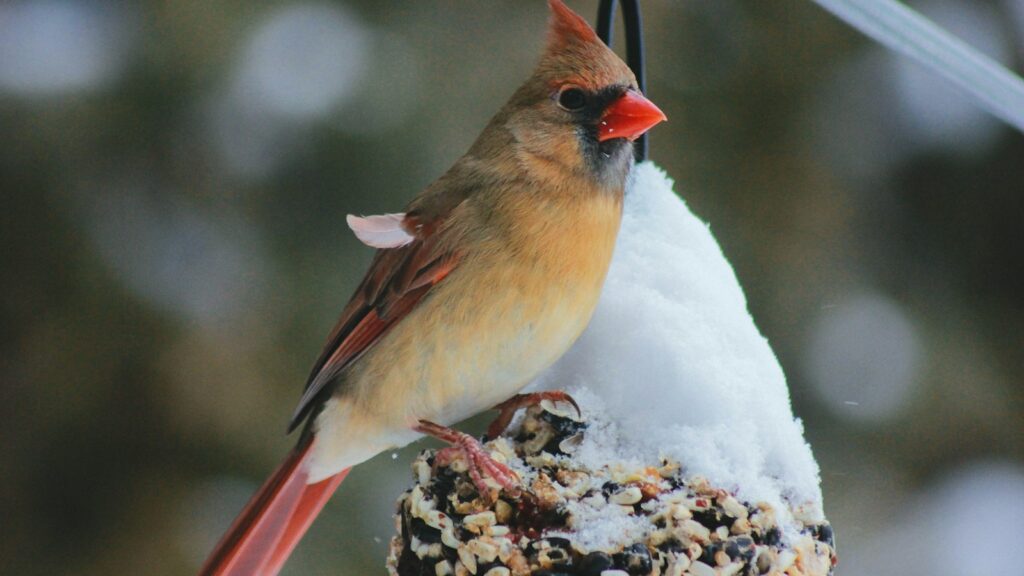
Winter-resident birds employ various specialized feeding strategies to survive the lean, cold months when food becomes scarce and energy demands increase. Many species cache food during autumn abundance, with chickadees and blue jays particularly adept at creating hundreds or even thousands of hidden stores they can remember with remarkable precision for months. Woodpeckers, nuthatches, and brown creepers exploit different parts of tree bark and wood, effectively dividing available resources to minimize competition while extracting insect larvae that remain dormant in trees. Seed-eating birds like cardinals and finches develop stronger jaw muscles and specialized bill shapes that efficiently crack open tough seed coatings, extracting maximum caloric value from each food item. Some winter residents supplement their diets with unexpected food sources—chickadees have been observed picking at frozen carcasses for fat and protein, while woodpeckers may visit frozen fruit left on trees for natural sugars when other food sources are limited.
Physiological Adaptations for Cold

Winter birds possess remarkable physiological adaptations that allow them to survive temperatures that would quickly kill humans without protection. Many species increase their fat reserves by up to 10% before winter, providing both insulation and emergency energy stores for particularly harsh weather periods. Circulatory adaptations include specialized arrangements in their legs and feet called “rete mirabile” (wonderful net), a countercurrent heat exchange system that minimizes heat loss while maintaining just enough warmth to prevent tissue damage. Winter birds undergo significant increases in plumage density, growing up to 30% more feathers during fall molt with enhanced insulating properties that trap warm air next to their bodies. Perhaps most impressive is controlled nocturnal hypothermia, where chickadees and some other small species can lower their body temperature by 15-20 degrees Fahrenheit overnight, drastically reducing energy expenditure during the longest, coldest hours while still maintaining essential bodily functions.
Winter Roosting Behaviors
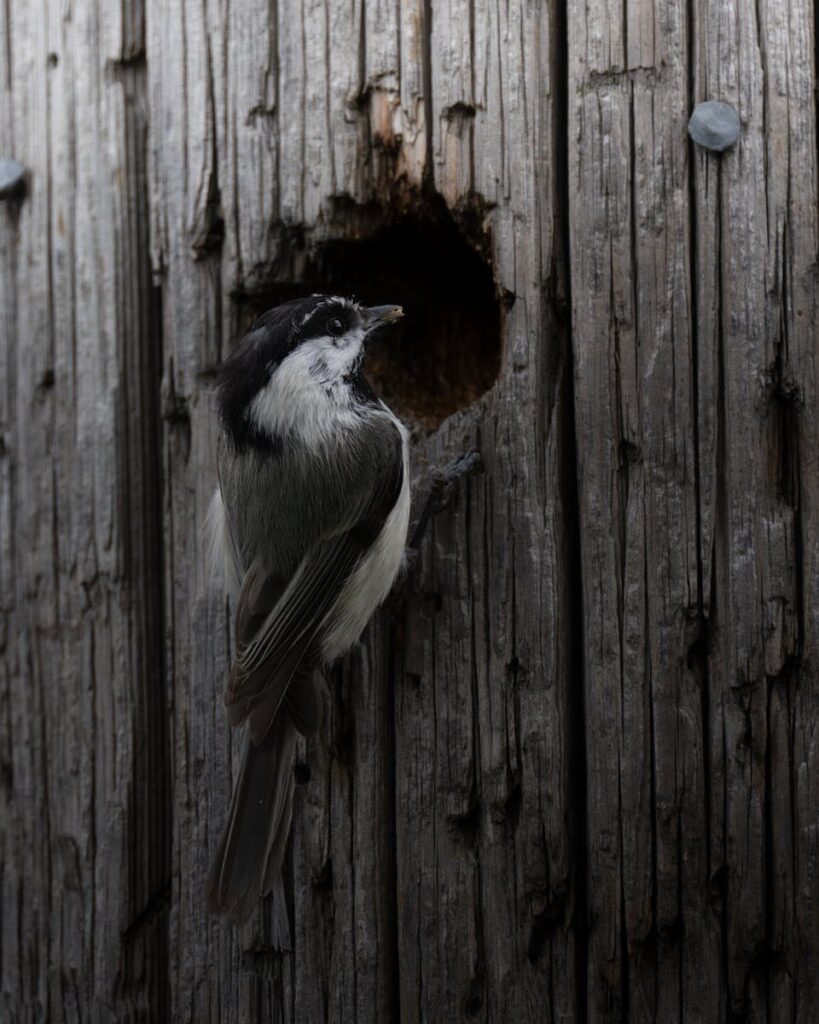
Winter birds employ fascinating roosting strategies to survive long, frigid nights when temperatures plummet and energy conservation becomes crucial for survival. Chickadees and some woodpeckers excavate specialized roosting cavities different from their nesting holes, creating small, well-insulated chambers that trap body heat and provide protection from predators and elements. Group roosting provides significant thermal advantages, with studies showing that small birds like bluebirds can raise the ambient temperature inside a roosting cavity by over 15 degrees when huddling together. Some species, including dark-eyed juncos, have been documented burrowing into snow banks to create insulated shelters that maintain temperatures near freezing—much warmer than the sub-zero conditions outside. Cardinals and blue jays prefer dense evergreen vegetation for winter roosting, selecting coniferous trees and shrubs that provide a windbreak while trapping radiant heat and concealing them from nocturnal predators like owls.
Optimal Winter Bird Feeding
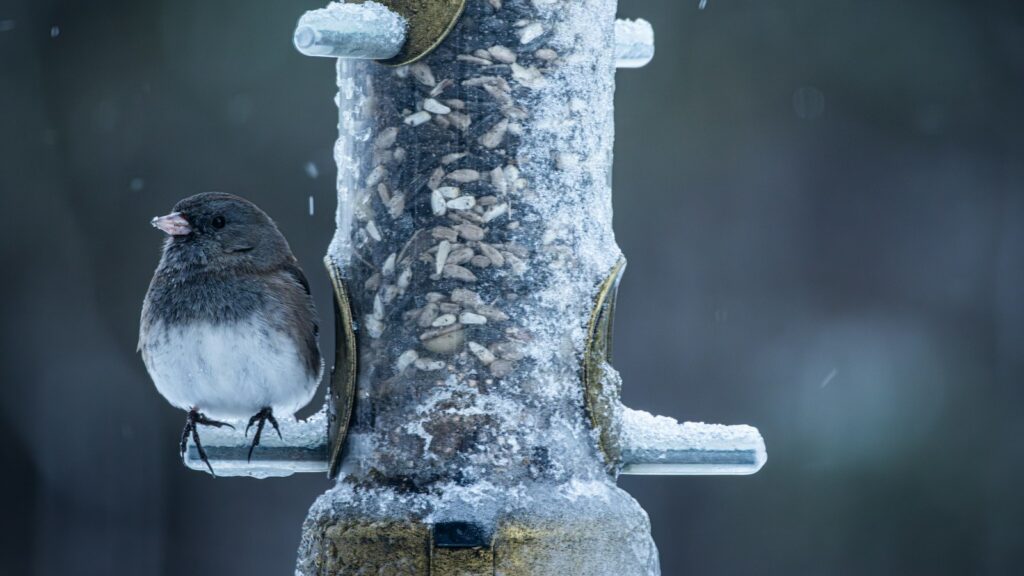
Providing appropriate food sources for winter birds requires understanding the specific nutritional needs of different species during cold weather. High-fat options like suet, peanuts, and black oil sunflower seeds deliver maximum calories per feeding, helping birds maintain critical body heat during freezing temperatures. Feeding stations should be positioned with winter conditions in mind—placing them near natural windbreaks, in south-facing locations that receive maximum sunlight, and within short flying distance of protective cover helps birds conserve energy while minimizing exposure to predators and elements. Maintaining consistent feeding schedules becomes especially important during winter, as birds quickly learn to depend on reliable food sources and may struggle to find alternatives if feeders suddenly go empty during harsh weather events. Multiple feeding stations with different food types and presentation methods (platform feeders, tube feeders, suet cages, and ground feeding areas) accommodate the preferences of various species while reducing competition at any single location.
Providing Winter Water Sources
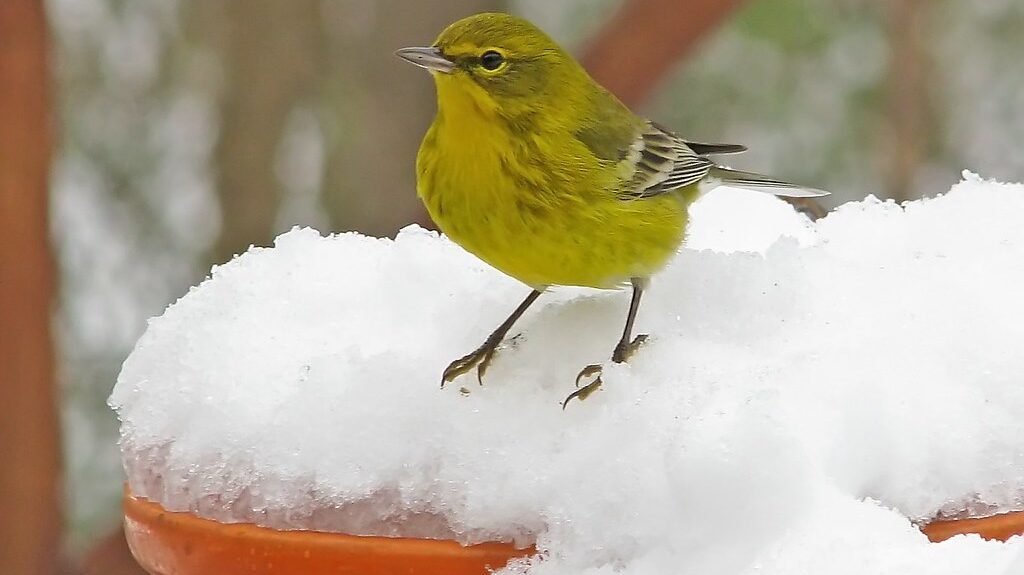
While food often receives primary attention, water access becomes equally critical for winter birds when natural sources freeze solid. Heated bird baths maintain liquid water even during freezing conditions, but should be positioned at proper heights (2-3 feet above ground) and near protective cover to allow birds quick escape routes from predators while drinking or bathing. Birds continue to bathe even in freezing temperatures, as maintaining clean, fluffy feathers is essential for proper insulation—though they typically bathe quickly during the warmest part of the day to allow sufficient drying time. Shallow water depths of 1-2 inches accommodate different bird sizes while preventing dangerous cooling if smaller species like chickadees accidentally become too wet. For those without heated options, providing fresh water manually during the warmest hours of the day, using dark-colored basins that absorb solar heat, or floating a small ball in the water to maintain movement and delay freezing can create temporary drinking opportunities.
Creating Winter Shelter
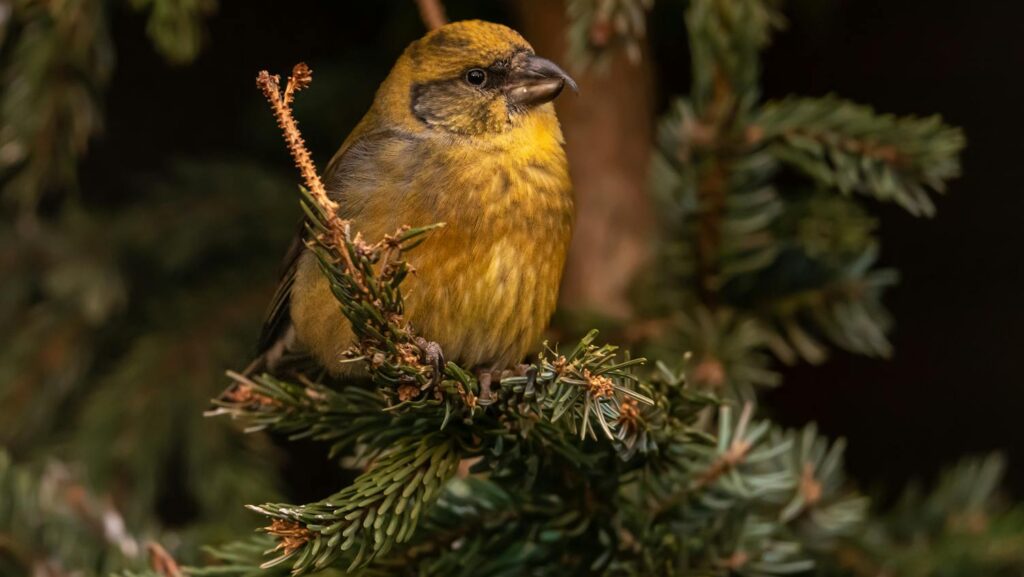
Strategic landscaping plays a crucial role in supporting winter bird populations by providing essential shelter from harsh conditions and predators. Evergreen trees and shrubs offer superior winter protection, with dense species like spruce, pine, and arborvitae creating effective windbreaks while their structure provides secure roosting sites protected from precipitation and cold. Brush piles constructed from fallen branches, Christmas trees, and yard trimmings create microhabitats where ground-feeding birds like juncos can find shelter and forage for food items that fall to the protected interior. Maintained nesting boxes serve double-duty as winter roosting sites when cleaned after breeding season and positioned to minimize wind exposure—some dedicated winter roosting boxes even feature interior perches and additional insulation to accommodate multiple birds. Native plants with persistent winter berries or seedheads like coneflowers, black-eyed Susans, and ornamental grasses provide both natural food sources and protective cover, creating a sustainable winter habitat that supplements artificial feeding.
Winter Bird Watching Tips

Winter offers unique bird watching opportunities with increased visibility through leafless trees and the concentrated activity around food sources. Morning hours typically provide peak bird activity during winter as species replenish energy depleted during long, cold nights, making the period within two hours of sunrise particularly productive for observation. Weather patterns significantly influence winter bird behavior, with feeding activity often intensifying 12-24 hours before storm systems arrive and immediately following their passage as birds compensate for feeding interruptions. Photography enthusiasts benefit from winter’s dramatic lighting and contrasting backgrounds, though camera equipment requires special consideration in cold conditions, including extra battery protection and gradual temperature transitions to prevent condensation damage. Winter bird watching contributes valuable citizen science data through programs like Project FeederWatch and the Christmas Bird Count, helping researchers track population changes, range expansions, and the impacts of climate change on resident species.
Conclusion
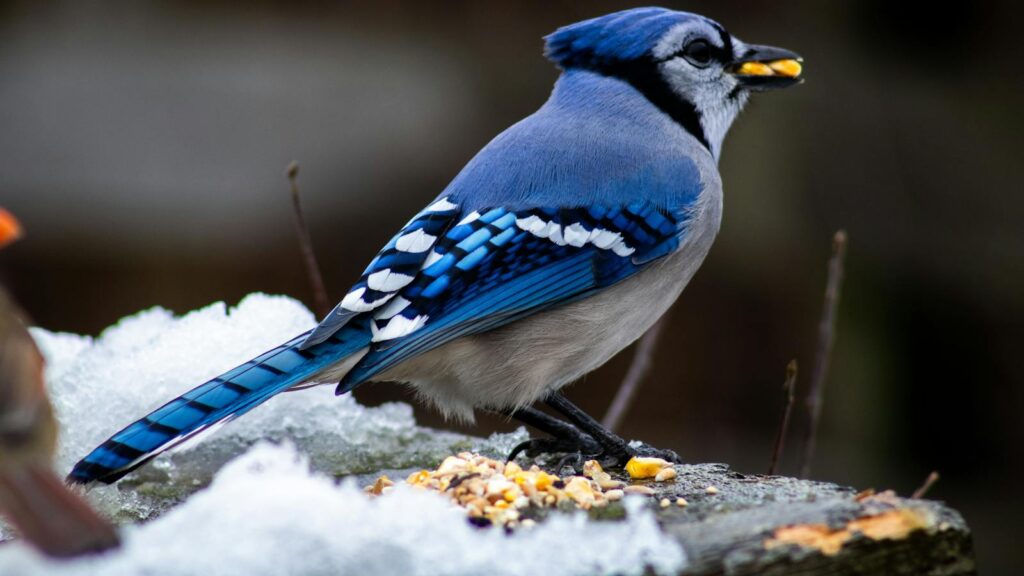
The winter landscape, though often perceived as dormant and lifeless, pulses with the activity of these resilient year-round avian residents. Northern Cardinals, Black-capped Chickadees, Dark-eyed Juncos, Downy Woodpeckers, Blue Jays, and American Goldfinches each demonstrate remarkable adaptations that allow them to thrive during the challenging winter months. Through specialized feeding techniques, physiological changes, and behavioral adjustments, these birds maintain their presence in our backyards even as temperatures plummet. By understanding their needs and providing appropriate food, water, and shelter, we can support these winter warriors while enjoying their company during the coldest season. Winter bird watching offers a special connection to nature when we might otherwise remain indoors, reminding us that life continues its rhythms even when the landscape appears at its most challenging. These six species, through their persistence and adaptability, bring color, movement, and song to the winter world, enriching our lives year-round.
